Understanding Sensory Overload in Autism
Explore understanding sensory overload in autism and discover supportive strategies for your child's well-being!
Understanding Sensory Overload in Autism
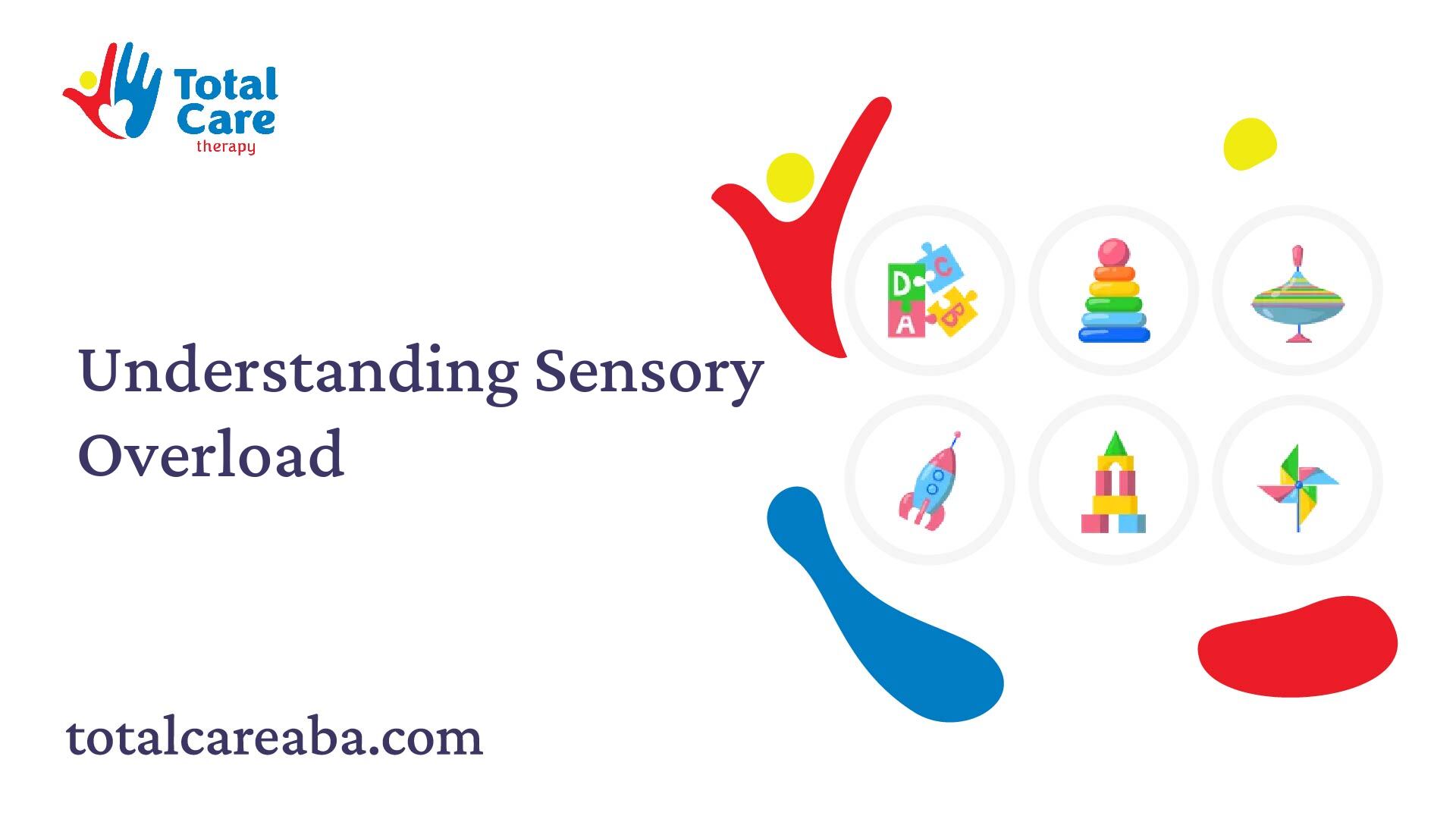
Understanding Sensory Overload
Understanding sensory overload is important for parents of children with autism. Sensory overload occurs when the brain receives more sensory information than it can effectively process. This can lead to feelings of anxiety, irritability, and distress.
Sensory Processing Conditions
Sensory processing conditions refer to how individuals perceive and respond to sensory inputs. For many people on the autism spectrum, this processing can manifest as hypersensitivity or hyposensitivity. Conditions commonly associated with sensory overload include autism, sensory processing disorder, post-traumatic stress disorder (PTSD), and fibromyalgia [1].
Children with autism may experience their senses—such as sight, sound, touch, taste, and smell—at different intensities. This means that everyday environments and situations, like crowded places or loud noises, can become overwhelming.
Sensory SensitivityDescriptionHypersensitivityHeightened response to sensory stimuli. Common reactions include discomfort or anxiety in response to bright lights, loud sounds, or strong smells.HyposensitivityReduced response to sensory input. This may lead a child to seek out intense sensory experiences as a way to feel more engaged with their surroundings.
Manifestations of Sensory Overload
Manifestations of sensory overload can be varied and might not always be immediately recognizable. For example, a child may seem irritable or withdrawn without the outward signs directly related to sensory issues. Signs of sensory overload can include:
Children experiencing sensory overload might also show behaviors that are not immediately linked to sensory processing differences. Too much information can induce stress, anxiety, and even physical pain, making it crucial for parents to recognize these signs. For more insight on potential triggers, visit our guide on common sensory triggers for autism.
Understanding these aspects helps in creating a supportive environment for children with autism. By recognizing sensory processing conditions and their manifestations, parents can better equip themselves to provide the right coping strategies and support their children's overall well-being.
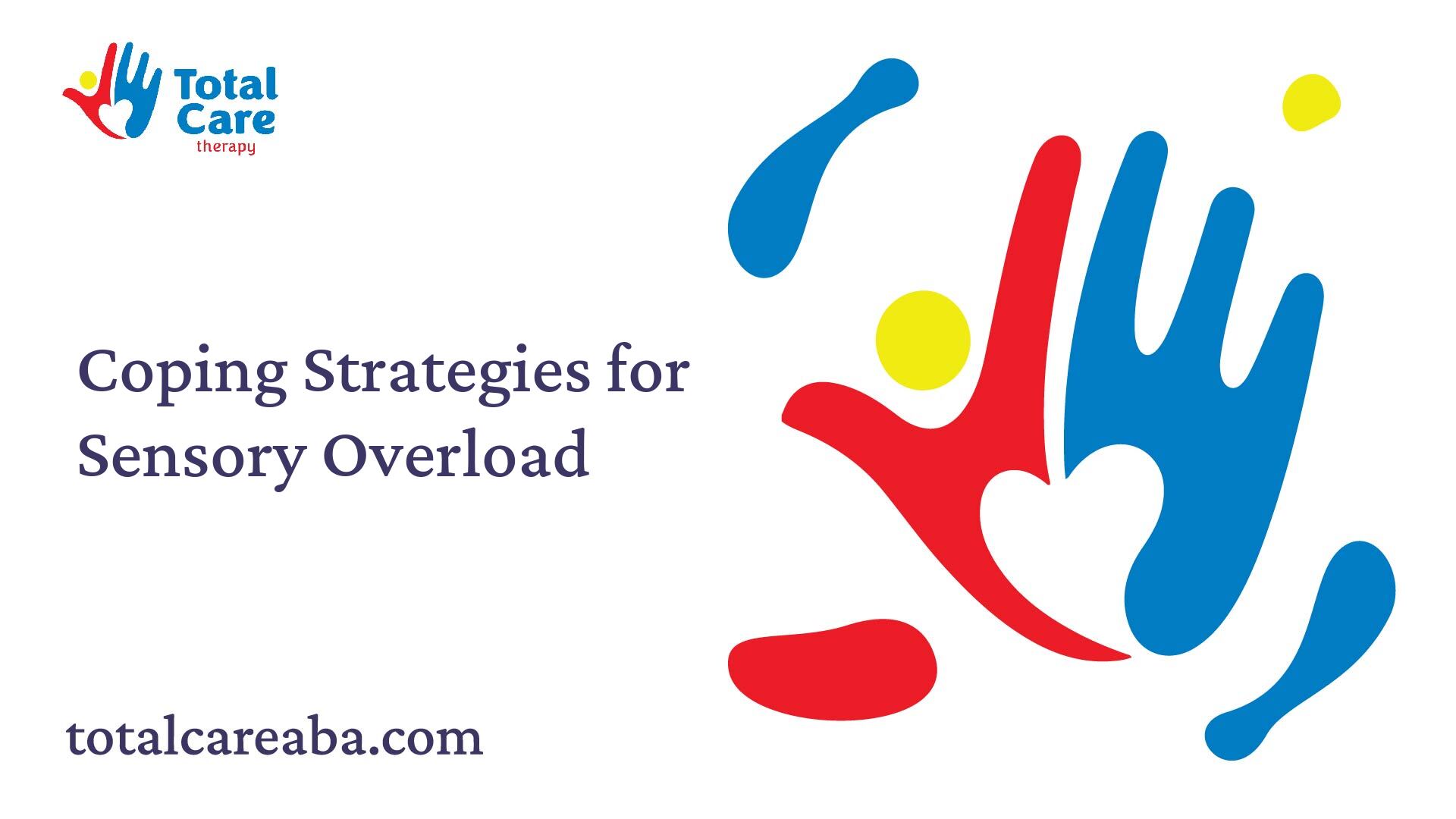
Coping Strategies for Sensory Overload
Navigating sensory overload can be challenging for children with autism. However, there are effective coping strategies that parents can utilize to help their children manage overwhelming sensations. This section discusses providing language support, validating feelings, and avoiding triggers.
Providing Language Support
Equipping children with the vocabulary to express their feelings about sensory overload is crucial. When children can articulate their experiences, it enables them to communicate more effectively about what they feel. Parents can teach kids phrases or words related to sensory input, such as "too loud" or "too bright," allowing them to express discomfort. This empowers children by normalizing their feelings and acknowledging that what they experience is valid and temporary [1]. For additional guidance on communication, explore our article on how to communicate with nonverbal autism?.
Validating Feelings
Validating a child’s feelings can tremendously impact their ability to cope with sensory overload. Children should be reassured that their sensations and emotional responses are both normal and acceptable. By acknowledging their distress, parents create a supportive environment where children feel understood. This open dialogue can help children process their emotions, making it easier for them to manage moments of overwhelming stimuli. Learning how to calm a child experiencing sensory overload is vital, as highlighted in our article on how to calm a child with autism?.
Avoiding Triggers
Identifying and minimizing exposure to sensory triggers is an essential step toward alleviating sensory overload. Parents should be aware of specific stimuli that might disturb their child, whether it's loud noises, bright lights, or crowded spaces. By creating an environment that reduces these sensory inputs, children can experience less stress. Strategies may include using headphones in noisy settings or dimming lights in bright rooms. For further insight into specific sensory challenges, check out our article on common sensory triggers for autism.
By implementing these strategies, parents can better support their children in coping with sensory overload, fostering an environment that caters to their sensory needs.
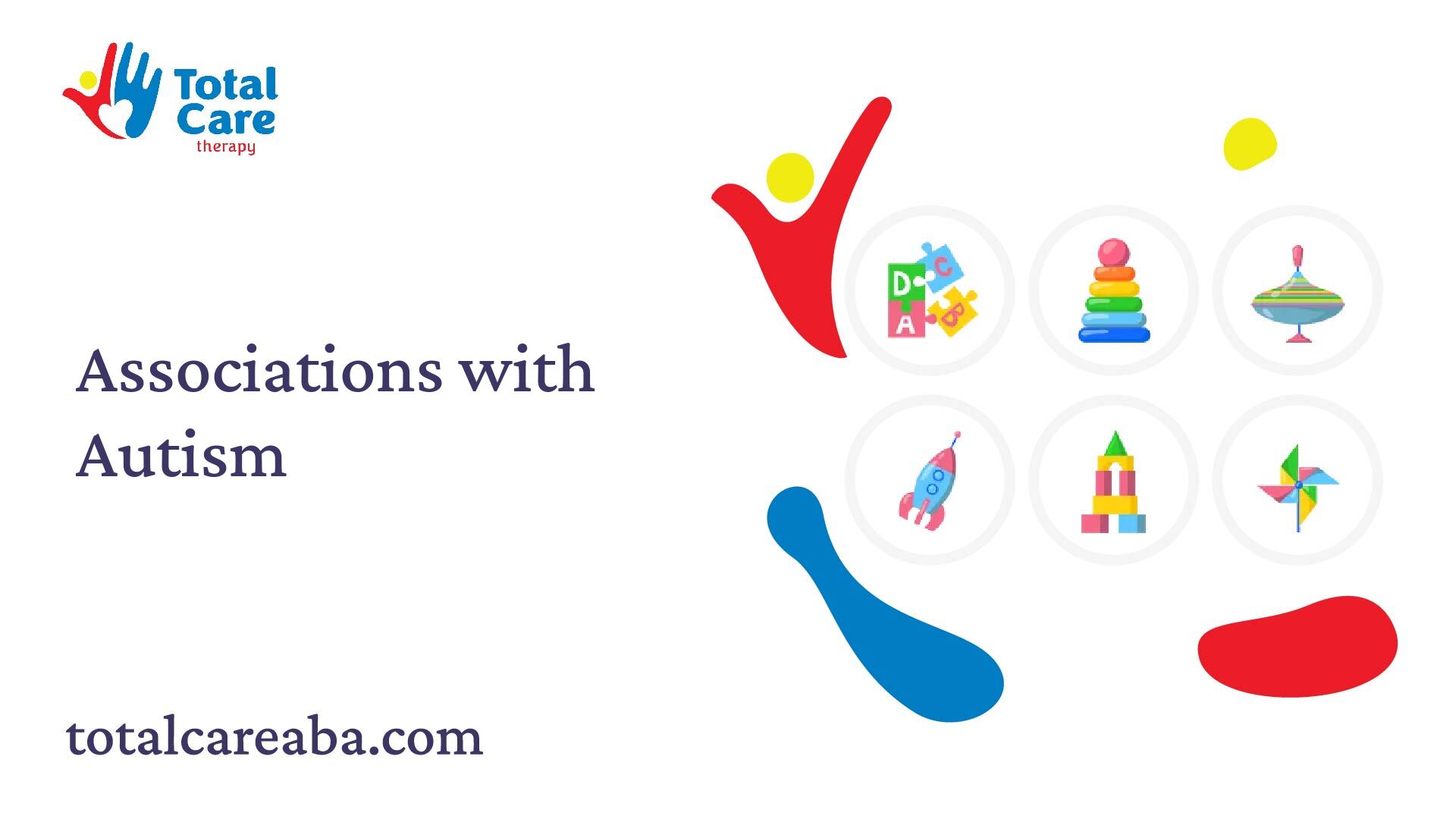
Associations with Autism
Understanding how sensory overload impacts autistic individuals is crucial for parents seeking to support their children. This section will explore the relationship between sensory overload and autism, as well as how stimming serves as a coping mechanism.
Sensory Overload in Autism
Sensory overload in autism is commonly associated with hypersensitivity to environmental stimuli such as sights, sounds, tastes, or textures. Autistic individuals often have delicate sensory systems and may easily become overwhelmed by sensory input. This sensitivity can lead to significant challenges in processing everyday stimuli, resulting in feelings of anxiety or distress.
Sensory StimulusExamplePossible ReactionSightBright lightsDiscomfort or covering eyesSoundLoud noisesCovering ears or becoming withdrawnTextureCertain fabricsRefusing to wear specific clothesTasteStrong flavorsGagging or reluctance to eat
It's essential for parents to recognize these signs of sensory overload and implement strategies to manage sensory environments effectively to reduce stress for their children.
Stimming as Coping Mechanism
In response to sensory overload, autistic individuals often engage in stimming, which refers to repetitive self-stimulatory behaviors. These behaviors may include hand-flapping, rocking, repeating words or phrases, or even spinning while sitting on the floor. Stimming serves as a way for autistic individuals to cope with stress and overwhelm caused by sensory overload.
Type of StimmingDescriptionPurposeHand-flappingRapid movement of handsSelf-soothing and emotional expressionRockingGentle back-and-forth motionReduces anxiety and provides comfortRepeating phrasesEchoing words or soundsCreates familiarity and reduces stress
Parents should be aware that stimming is a natural and beneficial response for many autistic individuals. It helps them regulate their emotions and navigate overwhelming situations. Understanding and accepting stimming behaviors can lead to more effective communication and support strategies for managing sensory challenges. To learn more about addressing sensory issues, check out our guide on how to manage autism sensory issues?.
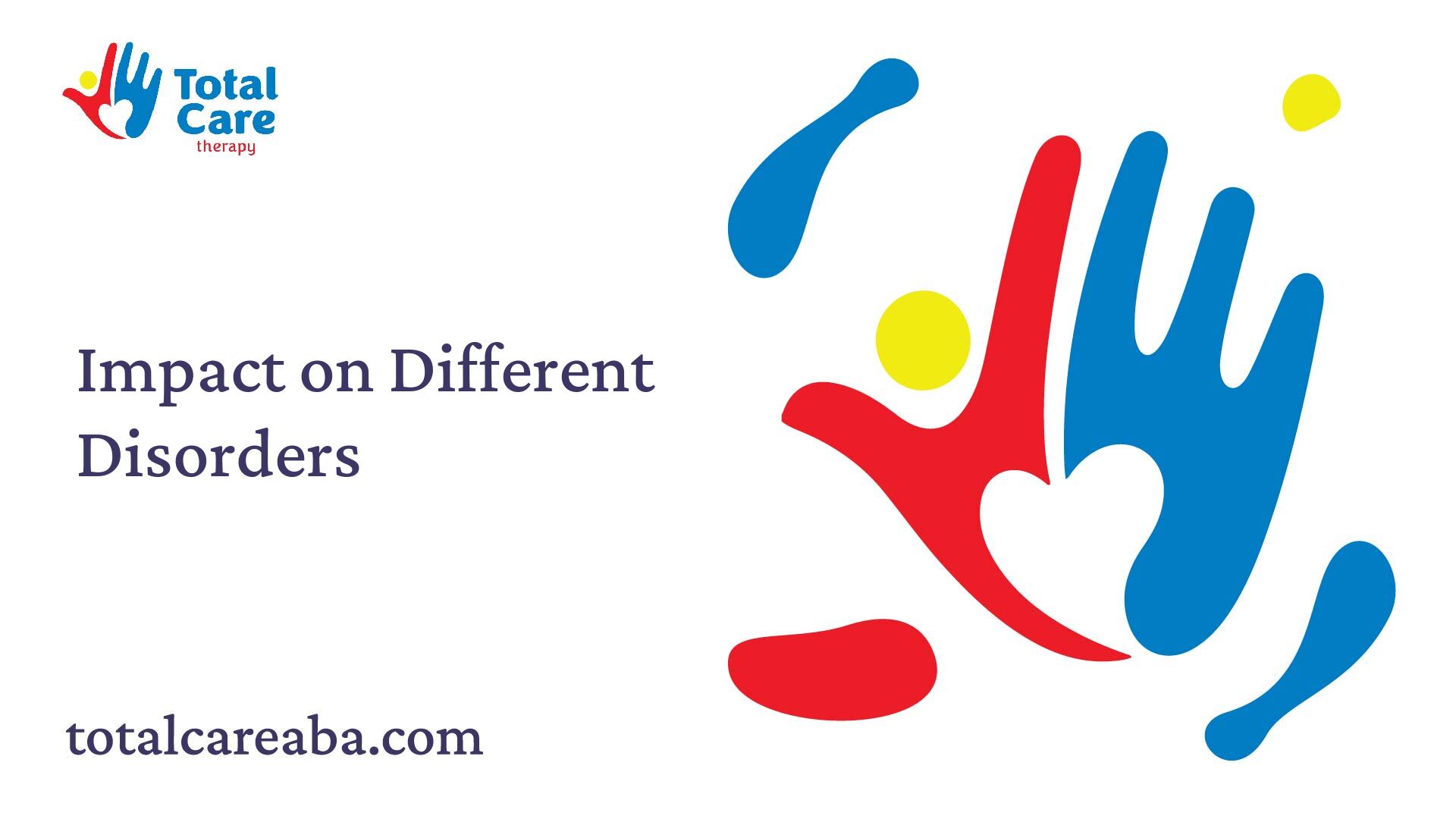
Impact on Different Disorders
Coexistence with ADHD
Sensory overload can often coexist with Attention Deficit Hyperactivity Disorder (ADHD). Individuals with ADHD may have difficulty processing sensory information, making them particularly sensitive to external stimuli such as bright lights, loud sounds, and strong odors. This sensitivity can lead to a situation where multiple sensory inputs compete for attention in the brain, which may ultimately trigger sensory overload.
The table below outlines some common sensory sensitivities faced by those with ADHD:
Sensory InputCommon ReactionsBright LightsDiscomfort, distractionLoud SoundsIrritation, distractionStrong OdorsNausea, avoidanceCertain TexturesDistress, discomfort
Sensory overload is not exclusive to children; it can also affect autistic adults, including those with lower support needs. Understanding these interactions can help parents and caregivers develop effective coping strategies for their children.
Sensory Overload in PTSD
Sensory overload is also relevant in the context of Post-Traumatic Stress Disorder (PTSD). Individuals with PTSD may experience heightened sensitivity to various sensory inputs, which can trigger memories of past traumatic events. This heightened sensitivity can lead to feelings of anxiety and distress, making environments feel overwhelming.
People with PTSD often report a unique set of sensory triggers, which can include:
Sensory TriggerCommon ImpactSpecific SoundsFlashbacks, panicCrowded SpacesAgitation, avoidanceCertain VisualsAnxiety, disorientation
These triggers can lead to sensory overload, making it essential for parents and caregivers to recognize and accommodate sensory needs. For more insight on how to support children experiencing sensory issues, you can explore our guide on how to manage autism sensory issues?.
Understanding the connections between sensory overload, ADHD, and PTSD can assist parents in navigating the complex sensory experiences their children may encounter. By implementing supportive strategies, it's possible to create an environment that helps children feel safe and secure while managing sensory overload.
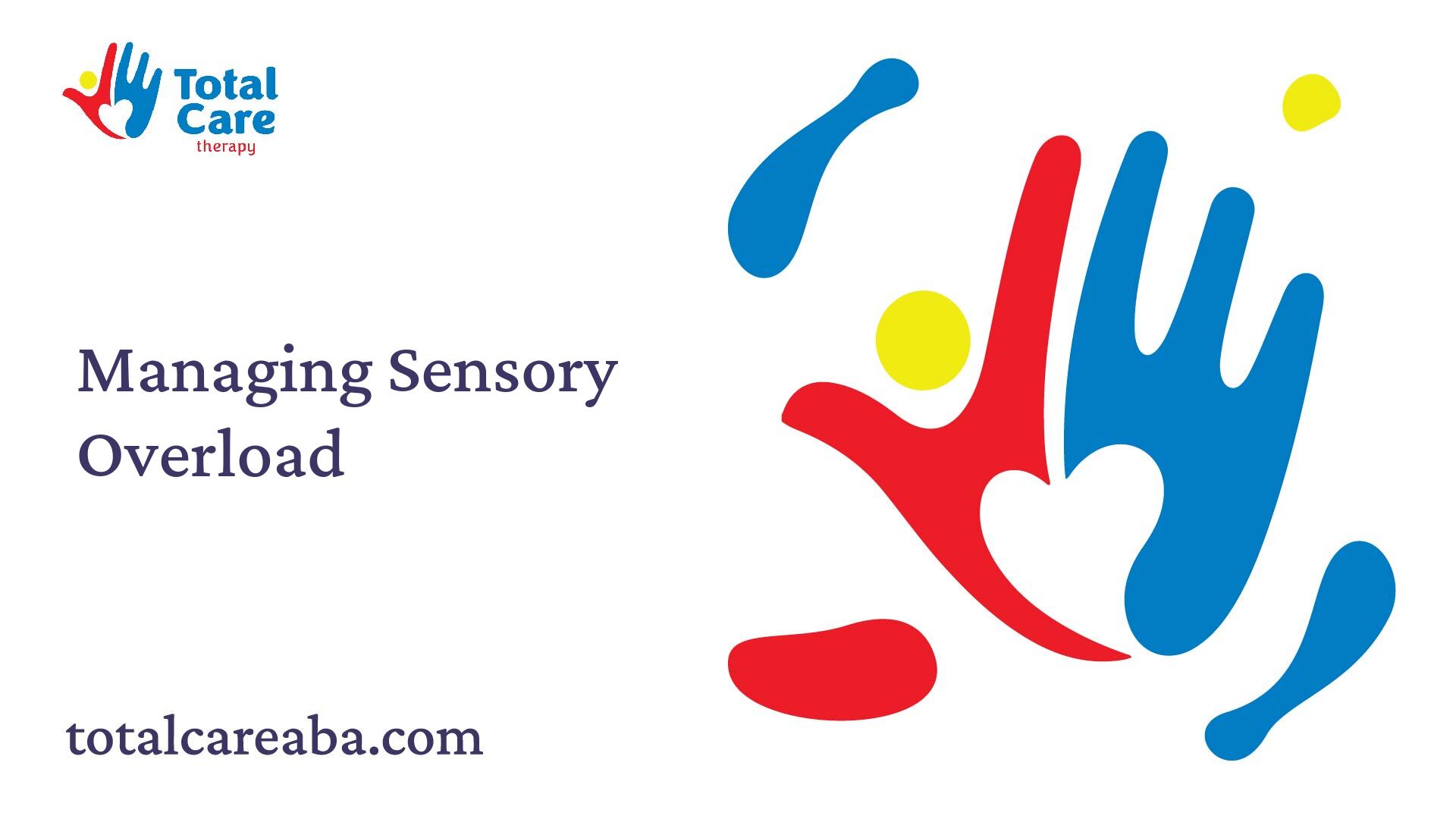
Managing Sensory Overload
Creating Safe Environments
Creating a "sensorily safe" environment for autistic individuals is essential. Autistic individuals may find it challenging to adjust to sensory assaults that are often considered normal by others. Meeting their sensory needs can lower stress and anxiety levels, improving their ability to navigate surrounding environments. Simple adjustments can make a significant difference.
Adjustment TypeExamplesLightingUse soft, dimmable lights; avoid fluorescent lightsNoise ControlIntroduce soundproofing or noise-canceling headphonesTemperature ControlEnsure a comfortable room temperatureClutter ReductionKeep spaces organized and minimize visual distractionsDesign ElementsIncorporate calming colors and soft textures
For more tips on creating calming environments, consider checking resources on how to manage autism sensory issues and common sensory triggers for autism.
Utilizing Mono-Processing Techniques
Mono-processing techniques can aid autistic individuals in managing hypersensitivity to sensory stimuli. This approach involves focusing on one sense at a time, allowing individuals to filter out overwhelming information that could lead to sensory overload. For example, an autistic child could be encouraged to engage in activities that focus solely on hearing or touch, thus reducing the influx of competing sensory information.
TechniqueApplicationListening to Calm MusicCreate a dedicated quiet space for this activityEngaging in Simple CraftsUse tactile materials to focus on touchVisualization ExercisesEncourage usage of imagery to engage sight without excessive stimuli
Utilizing these strategies not only helps in managing sensory overload but also promotes comfort and independence. Parents can find guides on how to calm a child with autism and explore the role of routine in autism management for further assistance.

Enhancing Quality of Life
Creating an environment that accommodates sensory needs can significantly improve the quality of life for individuals with autism. Understanding these needs and implementing strategies can help in managing sensory overload and enhancing everyday experiences.
Accommodating Sensory Needs
Parents can take several steps to accommodate the sensory preferences of their children. Autistic individuals often learn better through concrete information, whether visual, auditory, or tactile. It is essential to allow them to use their preferred methods to explore the world, as this can nurture their heightened senses for colors, sounds, textures, smells, and tastes.
Creating a sensory profile may help parents identify necessary changes to improve their child's comfort. Small modifications in the home or classroom environment, such as adjusting lighting and minimizing loud noises, can lead to significant improvements in how autistic individuals manage sensory overload.
Here's a simple table outlining common sensory accommodations:
Sensory NeedSuggested AccommodationsVisual SensitivityUse soft lighting and avoid flickering bulbs.Auditory SensitivityProvide quiet spaces and use noise-canceling headphones.Tactile SensitivityOffer a variety of textures for exploration.Olfactory SensitivitiesKeep strong scents to a minimum, and favor natural scents.Proprioceptive NeedsIntroduce weighted blankets and encourage physical activities.
Providing Support Strategies
Supporting autistic individuals involves recognizing that they may require more time to process information and respond to sensory inputs compared to neurotypical peers. This can make it challenging for them to follow rapidly changing social commands and transitions between different sensory stimuli [4].
Here are a few effective strategies to support them:
By accommodating sensory needs and providing intentional support strategies, parents can create a nurturing environment that promotes the well-being and happiness of their children while managing the complexities of understanding sensory overload in autism.
References
[2]:
[3]:
[4]:








